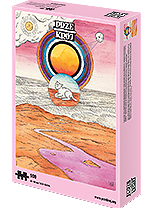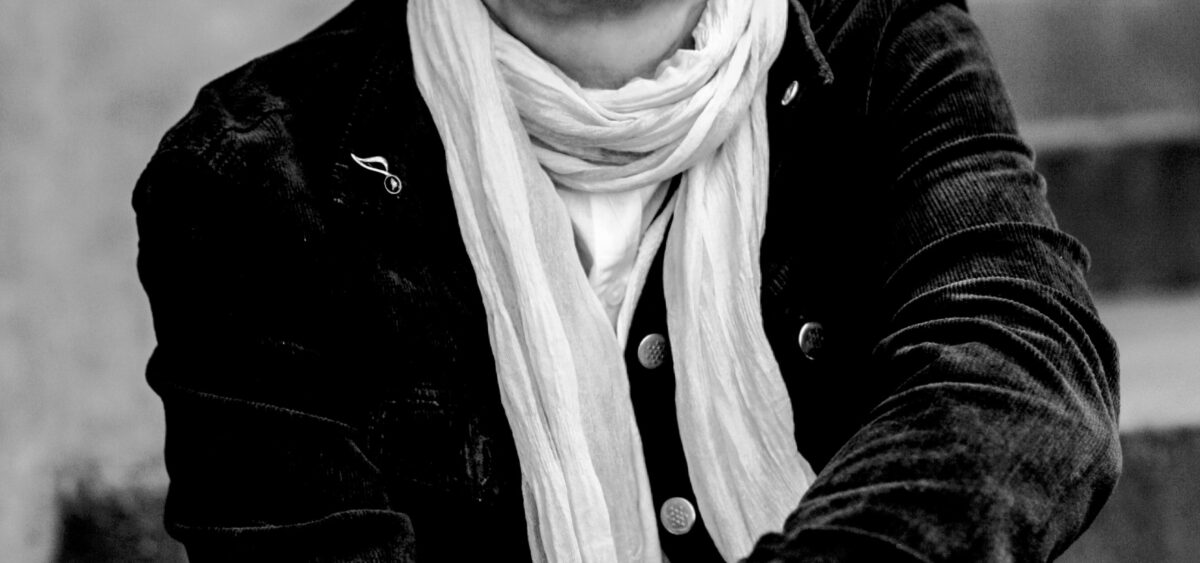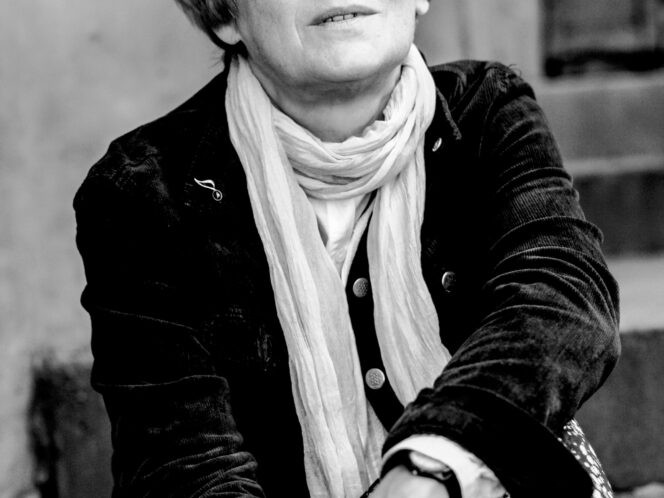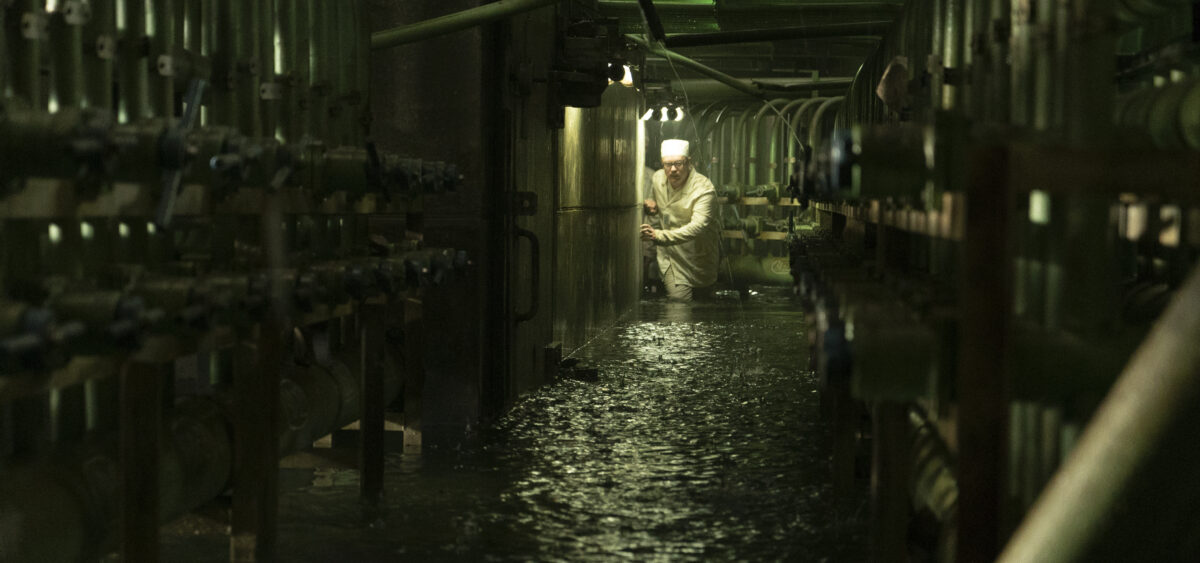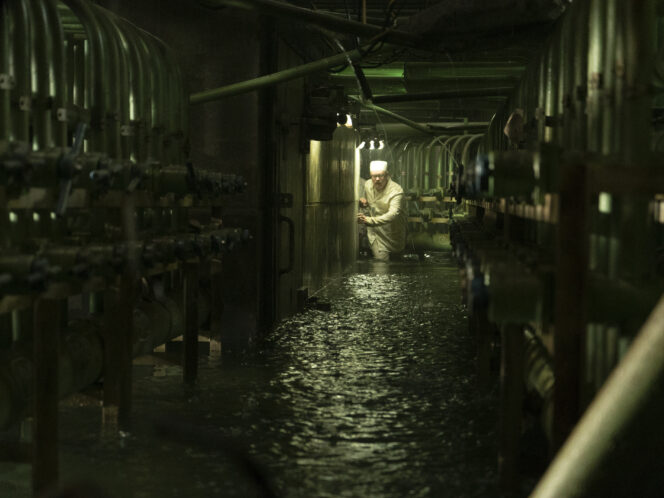
Grażyna Pstrokońska-Nawratil is a composer who describes nature through music and is inspired by travelling: to Iceland, rainforests, Japan…
I meet Grażyna Pstrokońska-Nawratil in her home in Oporów in Wrocław. It’s a rainy day. That is the only reason we don’t talk in the garden—her pride and refuge. But, together with her husband Wiktor, she shows me around the garden through the window: there are flowers; there is an arbor. The walnut tree in the middle is unhealthy, but you can sit in its shadow when it’s hot. There are many fruit trees: cherries, plums, apples. There is a pine and a thuja in the front.
Jan Pelczar: What does a forest sound like in a composer’s ears?
Grażyna Pstrokońska-Nawratil: It rustles, it creaks, it makes noise. Trees rip. When you focus you can hear the coursing of water, for example in birch trees. A forest has levels: undergrowth, thicket, small trees, canopy. Older and older, broadleaf or coniferous. We have a piece of land in Przemiłów, on a hillside. An aspen tree grows there. Its leaves emit a sound that is like a percussion effect.
Trees sound different?
Just look at an oak leaf, a maple leaf and a pine sprig. All are different—the form, the structure. When you add dynamic movement, wind, each will sound different. Leaves also sound different when they are green and when they are dried-out, in autumn. You just need to listen.
Which ones have the most appeal?
I love birch trees, they give me strength. I like hugging them. They have just cut my beloved birches in Wrocław at the hill called Górka Miłości. They were drying out. It hurts.
Cutting can also inspire.
I was fascinated by tropical forests. In one of the films about the Amazon rainforest, I saw a drastic scene. A 400-year-old tree, jutting out of the forest like some mammoth, dies within several minutes—killed by a chainsaw. In its agony it falls down, moves back up, bumps against lower trees. The way it sounded, I immediately knew I had to write it down and create a musical monument to this tree. That’s how Rainforests for flute and orchestra was created.
How many


